The Arkansas Historic Preservation Program (AHPP) added the Cummins State Farm to the Arkansas State Register of Historic Places as a Historic District during their State Review Board Meeting on December 6, 2023. Cummins was added to the Arkansas Register for its importance as the oldest prison farm and its importance to reforming the justice system in the state. The Arkansas State Register of Historic Places is the state’s official record of those properties, sites, structures, buildings, landscapes areas and objects significant in the history, architecture, and culture of the state of Arkansas and its communities.
Properties deemed eligible for inclusion in the Arkansas Register generally must be 50 years old or older, shall possess integrity of design materials, workmanship, feeling, and association and meet at least one of the following criteria:
- Association with events of state or local historical significance; or
- Association with the lives of persons of significance in the history of the state or locality; or
- Represent a type, style or period of architecture; or
- Association with important elements of Arkansas’s history or pre-history.
About Cummins State Farm
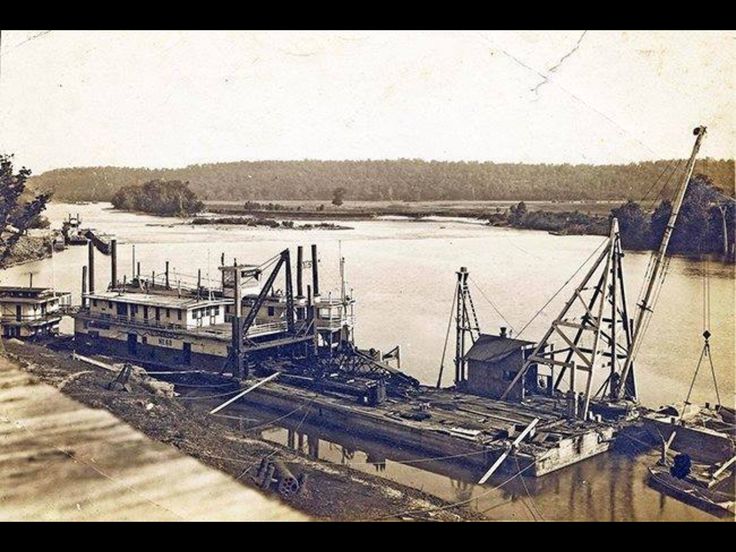
A. D. Allen steamer – 1902
The steamer that brought the first inmates to the Cummins Prison Farm
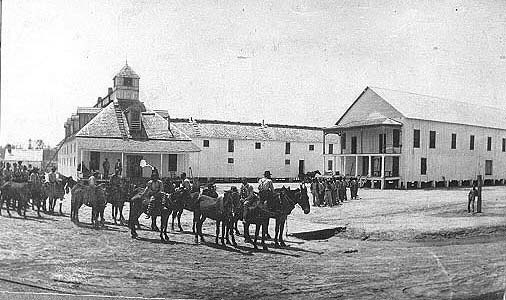
Morning turnout at Main Stockade – early 1900’s
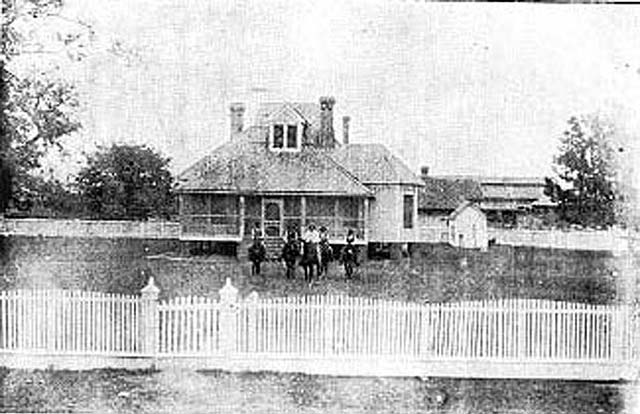
Admin building – 1914

Baptism – 1920s

Aerial view of Cummins – 1930s

Admin Office – 1930s
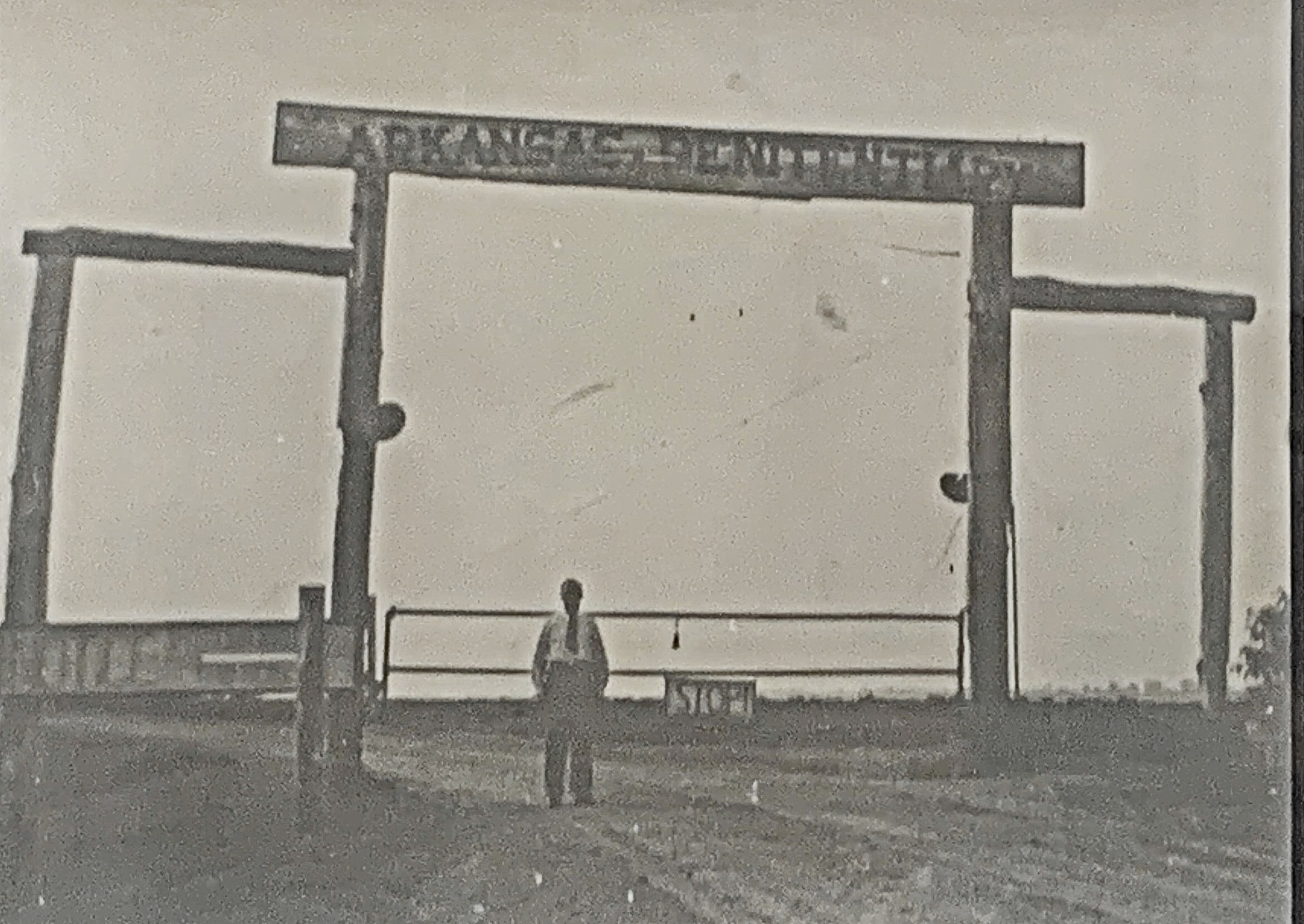
Warden Tom Cogbill at Cummins Front Gate – 1930s
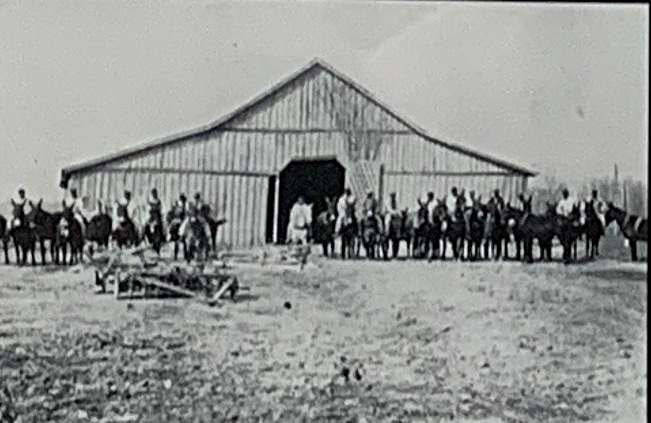
Mule Teams – 1930
First tractor used at Cummins – 1930
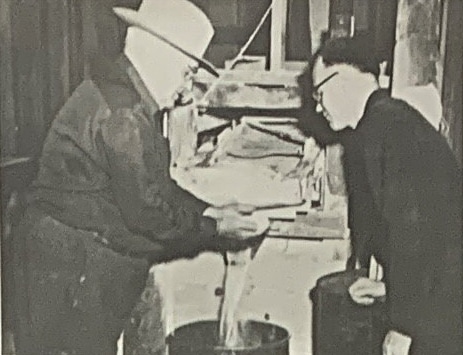
Warden inspecting grain – 1940s
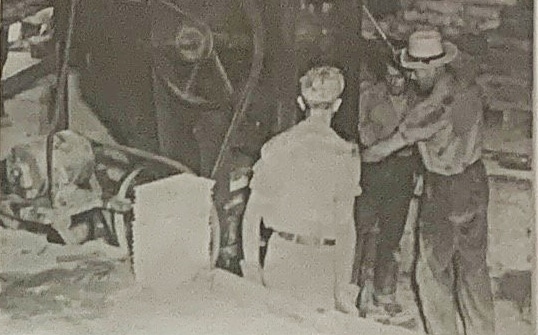
Making concrete blocks – 1940s
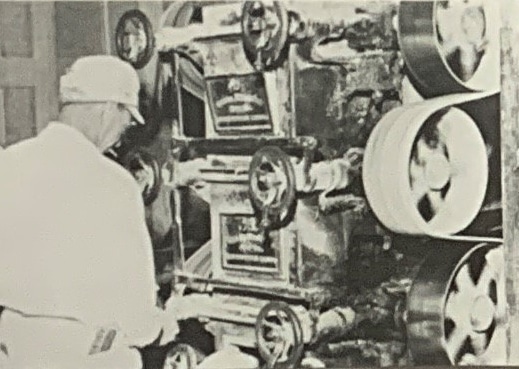
Making license plates – 1940s
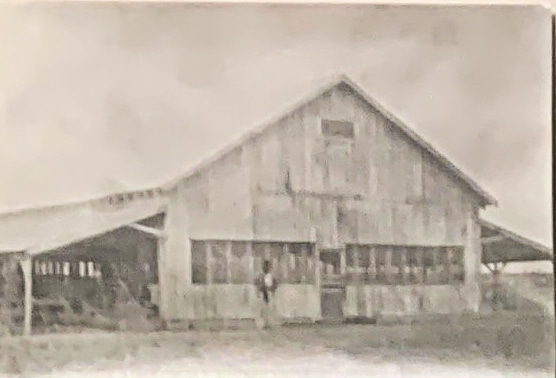
Cannery – 1940s
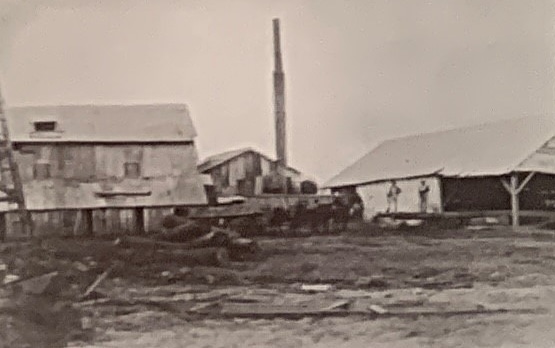
Sawmill – 1940s
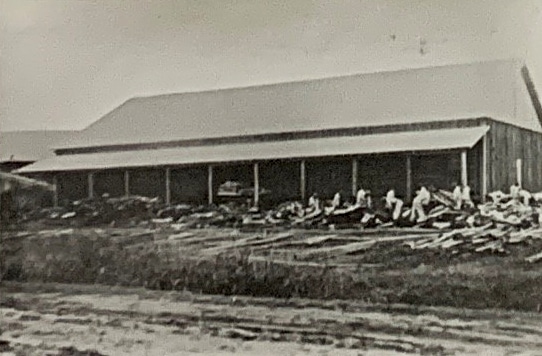
Sawmill storage – 1940s
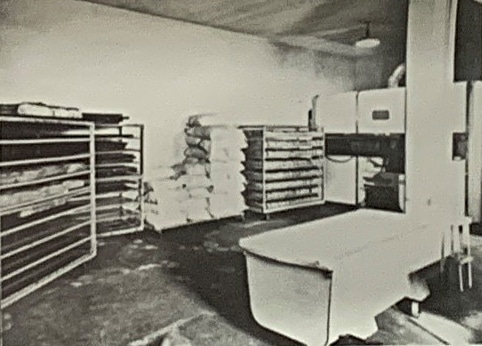
Bread kitchen – 1940s
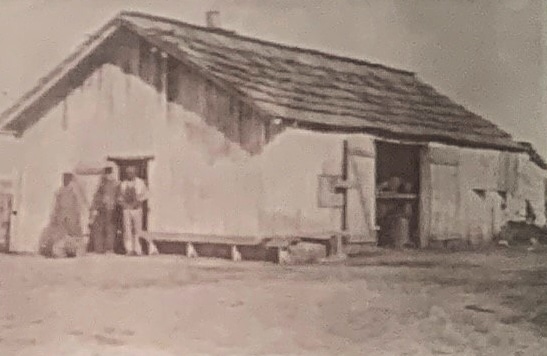
Blacksmith – 1940s
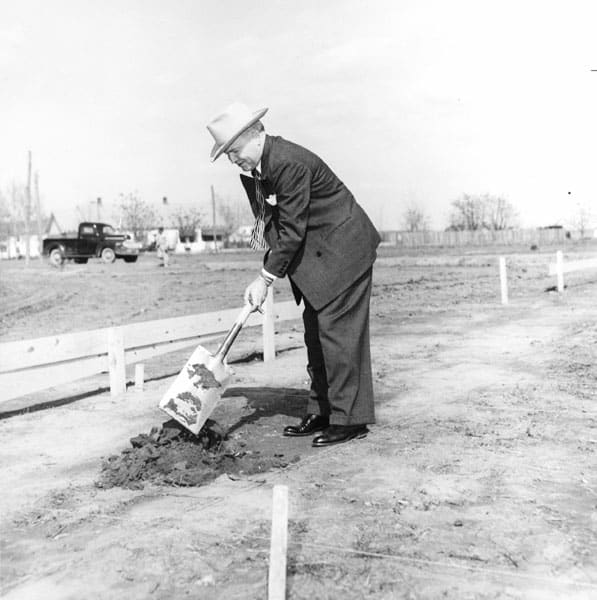
Gov. Benjamin Laney at Cummins Ground Breaking – 1948
Breaking ground on a new building.
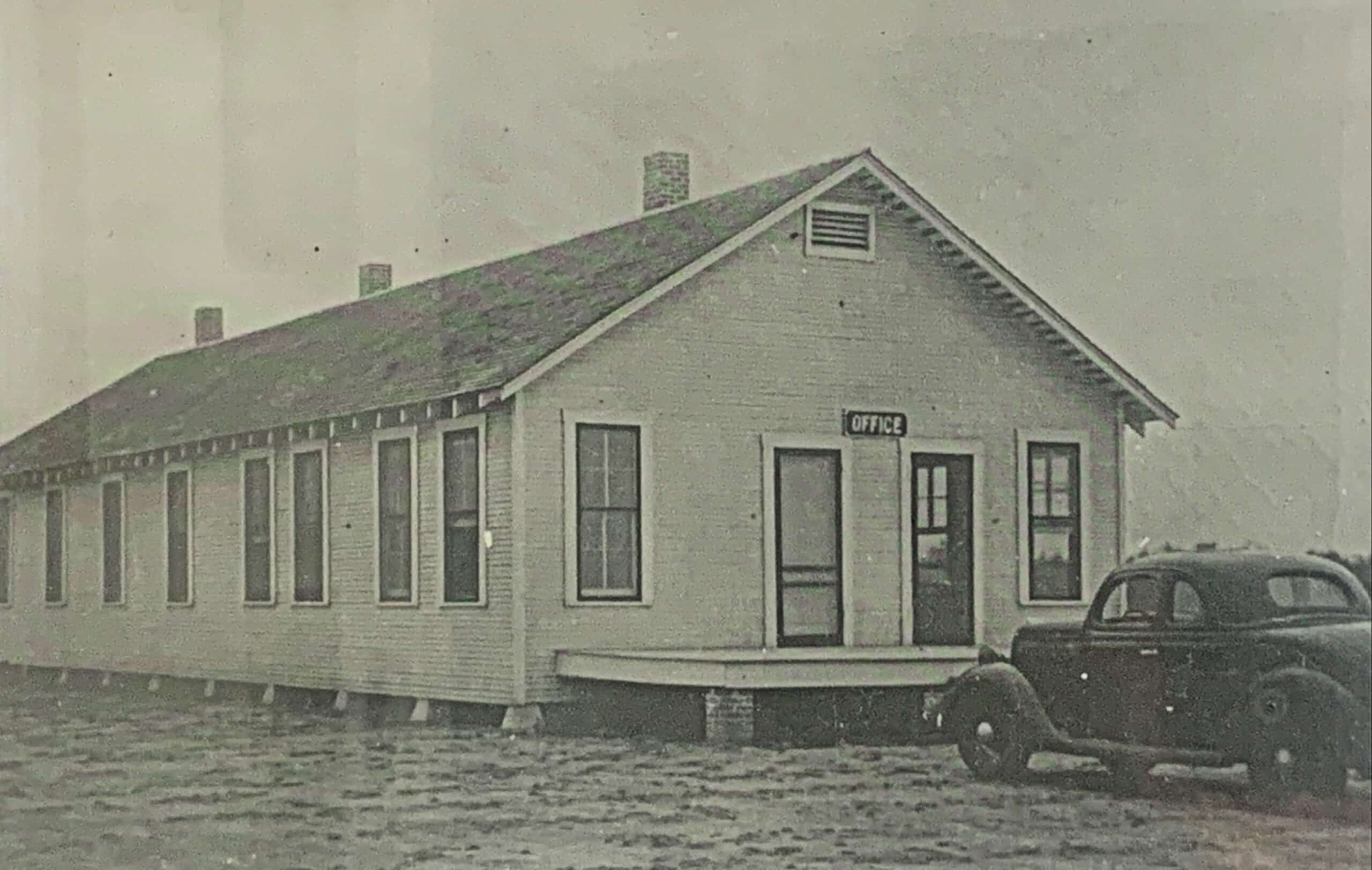
Admin building – 1950s
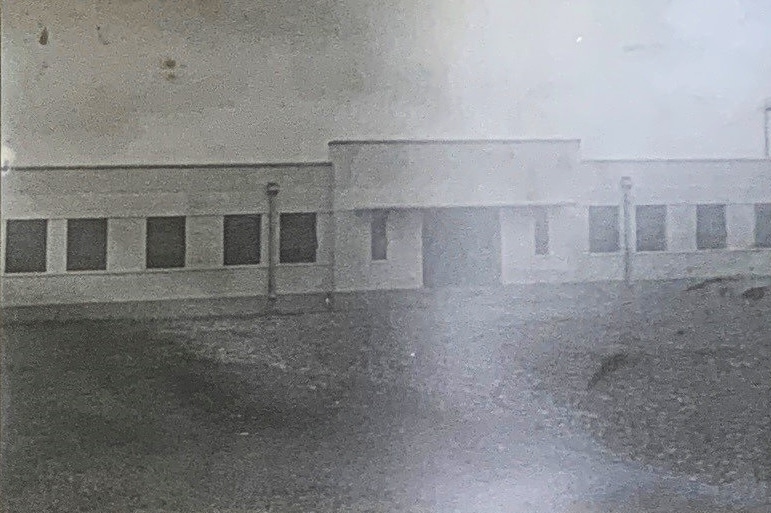
Admin building – 1949
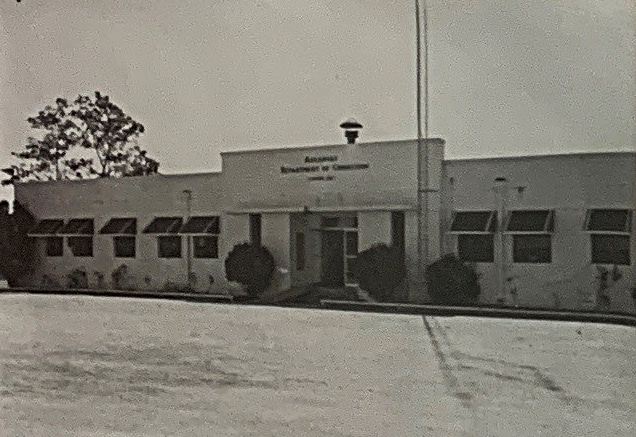
Admin building – 1955

Johnny Cash At Cummins – 1969
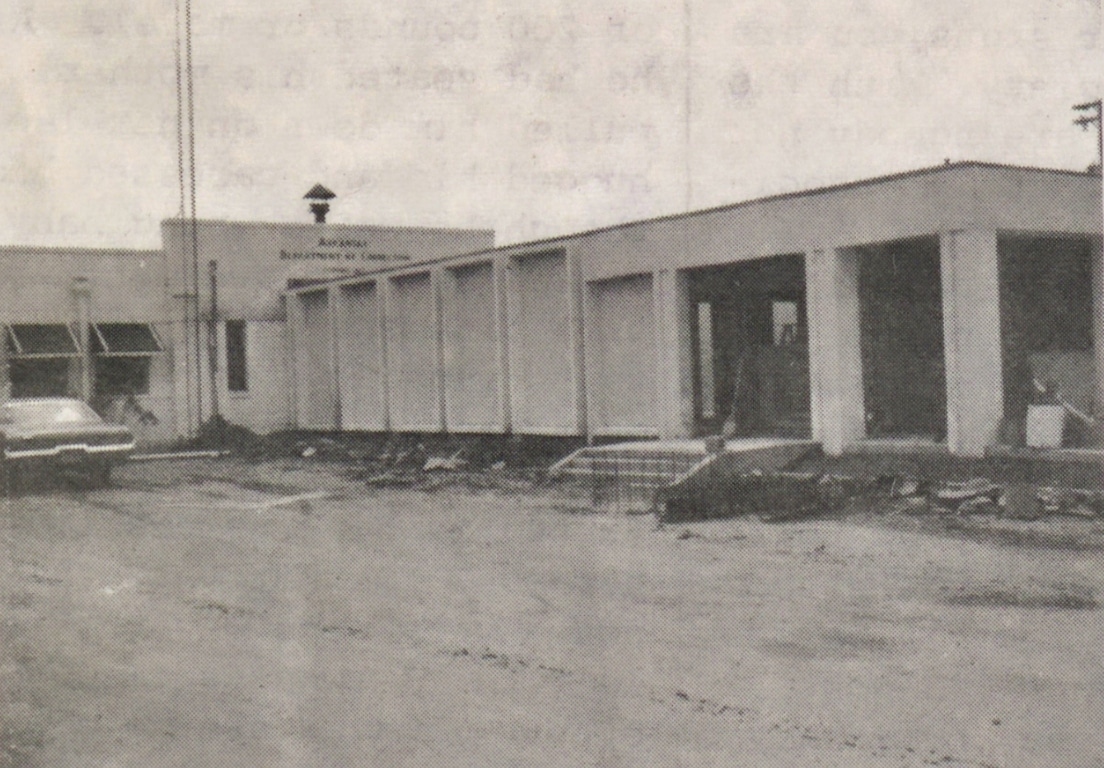
New Rehab Facility built – 1971
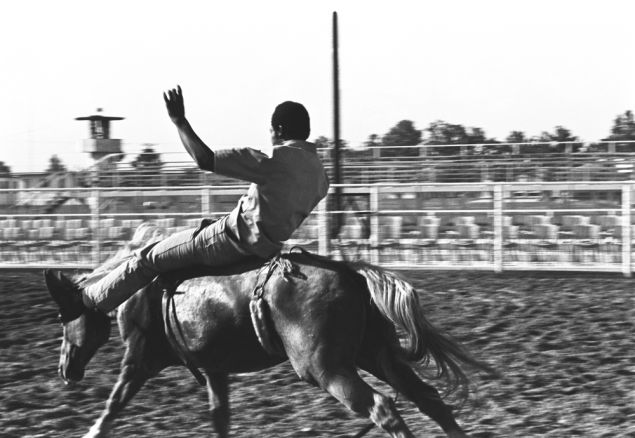
Cummins Prison Rodeo – 1972

Barracks – 1978

Admin building – 1990

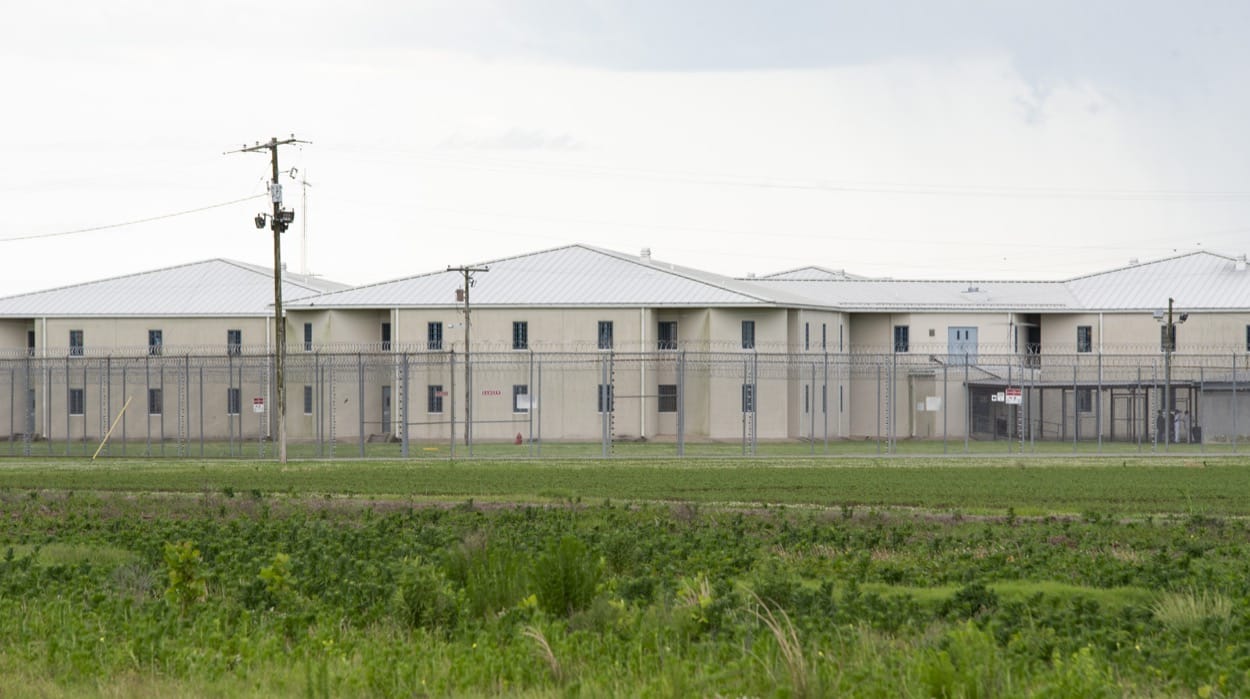
Outside of Cummins – 2023

Outside of Cummins – 2023
To step away from the corruption and abuse of the convict lease system, the State of Arkansas decided to move the penitentiary system in a new direction. There had been talk of operating penal farms since the 1860s, but the idea never progressed to action. It did in 1902, with State spending $140,000 to buy the Cummins and Maple Grove Plantations in Lincoln County for a penal farm. With more than 10,000 acres of fertile land along the Arkansas River, the State had a new opportunity to make money from agriculture. Later that year, an additional purchase of 6,727 acres brought the total acreage of the Cummins State Farm to more than 16,000.
The first inmates arrived December 3, 1902. Forty-nine inmates, several mules, and a few tools were brought by riverboat from the prison in Little Rock, which was located where the State Capitol now stands. The first inmate housing consisted of tiny shacks built on the riverbank. Within a few months, the population had swelled to 300, and inmate camps were being built. They consisted of wooden barracks, a small kitchen, and a dining hall. Within three years, Cummins had seven of the crude camps. All were racially segregated.
During the early years, the farm did make money and required little to no assistance from the State. The profit was possible because there were few paid employees. Life was harsh and the work hours usually ran from sunup to sundown. Crops were raised for sale and for consumption.
Inmates known as trusties supervised other inmates. They were armed with pistols, shotguns and rifles and provided security in the fields and barracks. That practice continued until 1972. The trusties sold food and drink to the workers in the fields and beds and mattresses inside the barracks. The trusties reported to a warden, a paid employee, who reported to the Superintendent, also a paid worker.
After the Little Rock prison known as “The Walls” closed in 1933, the population at Cummins grew rapidly. The number of free-world employees swelled above 200. On September 2, 1940, four of the field trusties staged the largest prison break in United States history. Armed with their work guns, they overpowered the other trusties, killing one of them. Thirty-six inmates, including the four instigators, escaped. The inmates broke into groups, with one of the groups going to Louisiana. There, they were on a collision course with a sheriff’s posse. They grabbed a car with high school students inside of it and fatally shot a car dealer. Three of the inmates were shot and four were later hanged. Their hangings were the last to take place in Louisiana.
The breakout appalled legislators, but they did not abolish the trusty system. Instead, they provided funding for sturdier housing. The ramshackle wooden camps were torn down, and the first brick and mortar building at Cummins was opened in 1949. The building is still in use today.
Almost from the beginning, the Cummins Farm also housed female inmates. In the early years, only Black females went to Cummins and were housed in a wooden barracks called the “chicken coop.” White females went to the Pea Farm near Jacksonville, which was burned during a riot in 1930. It was rebuilt. In 1939, white females moved to the Collegeville State Farm for Women in Alexander. There were no white females at Cummins until 1951, when 11 arrived. Females remained at Cummins until the Women’s Unit opened in Pine Bluff in 1976.
Beginning in the 1960s, a series of lawsuits would initiate big changes to the Arkansas correctional system, including at the Cummins Farm. The first federal court ruling came in 1965 and focused on the use of corporal punishment, inmate access to courts, and the quality of medical care. By 1969, federal Judge J. Smith Henley had declared parts of the prison system to be unconstitutional and ordered administrators to correct the problems.
The following year, 1970, Judge Henley declared Arkansas’ entire prison system to be unconstitutional, the first time such a judgement had been declared anywhere in the country. Within two years, the judge began noting improvements. By 1982, the improvements were strong enough that Judge Henley declared that the state’s prison system was again constitutional, making it the first state to be held constitutional after being declared constitutional.
Even after the ruling, improvements in facilities, conditions, programs continued at Cummins. In 1996, Cummins earned full accreditation by the American Correctional Association, which it maintains today. Throughout its existence, Cummins has endured several changes in correctional philosophy and practice. It has gone from being a “dark and evil world” to being an example of good correctional practice. In large part, modern corrections in Arkansas began down on the Cummins Farm.
The Cummins Unit is the Arkansas Division of Correction’s oldest and largest prison. Expanded several times during the past century, the current rated capacity is 1,850 inmates but it almost always holds more. Inmate trusties are still used, but they are not armed and do not supervise other inmates. Those practices ended in the 1970s.
The Cummins Unit, as it is known today, is embedded in the history of Arkansas. It remains one of the most famous prisons in the country; in part because of its harsh past, but also because of what it has become. In Arkansas, one would be hard-pressed to find anyone who doesn’t have a personal connection to Cummins. Perhaps they toured the unit as a student or they know or are related to an inmate or an employee or both. For good and bad, Cummins has earned its place in history. Tens of thousands of people have crossed through its gates. People lived here and died here. Bodies are buried on the property. Modern corrections in Arkansas began here, and to this day, Cummins is changing.


